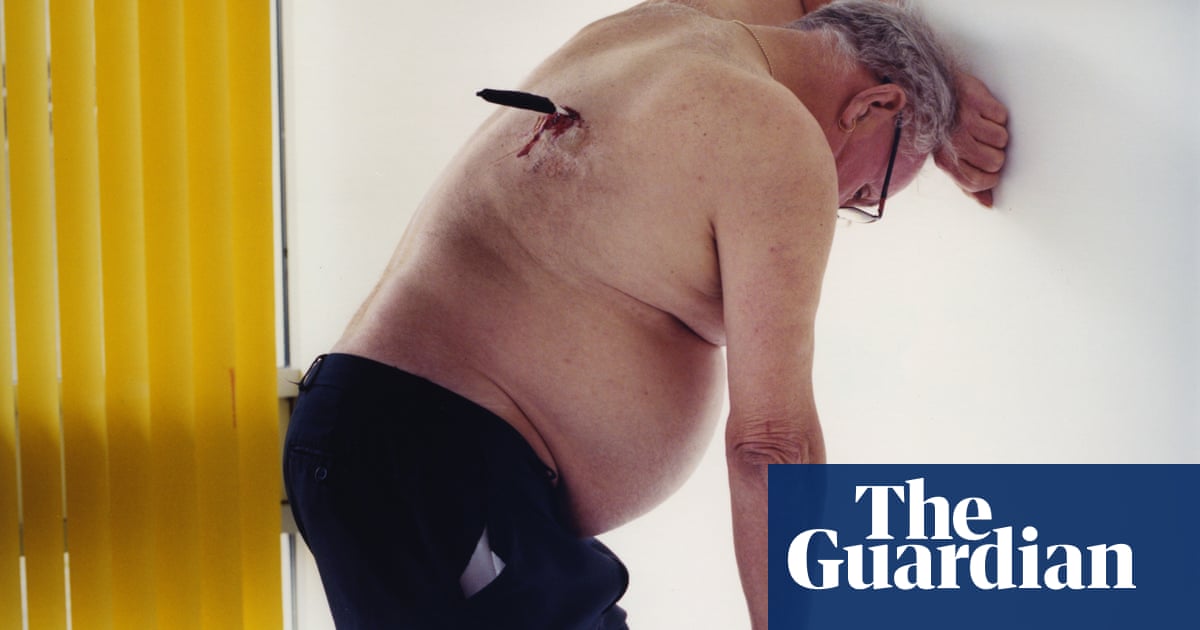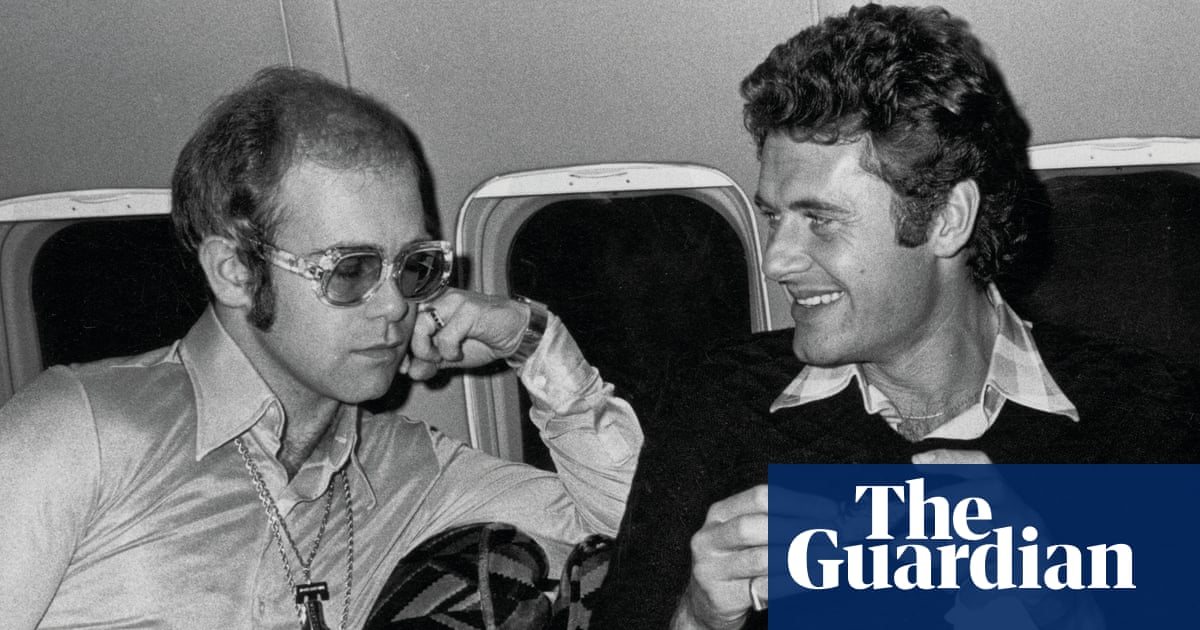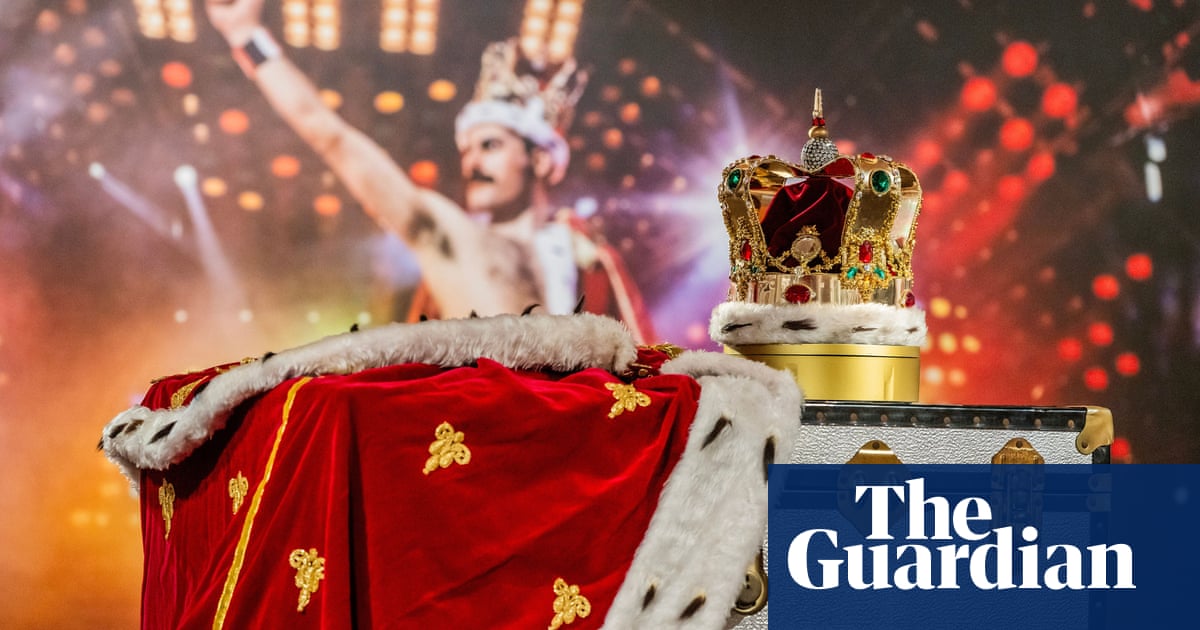
I’ve been surrounded by bands all my life. I went to school in Ealing, which is where Freddie Mercury went to art college. Likewise Ronnie Wood and Pete Townshend. Olympic Studios, where Led Zeppelin, the Who and the Rolling Stones recorded, was in nearby Barnes, where I lived. It’s a cinema now – the Stones recorded Sympathy for the Devil in the room where you watch films.
I was on the periphery of it all but my parents wouldn’t let me go to art college and I ended up working for an insurance broker in the City. It wasn’t what I wanted to do. I started going to see bands at Hammersmith Odeon, and saw David Bowie as Ziggy Stardust. One night, I smuggled a cheap Russian camera in to see Paul McCartney and Wings doing their soundcheck. Queen were the support act, so I took a picture of them playing and managed to sell it. It was my first ever picture sale.
I taught myself, but I couldn’t get a photo pass without a portfolio and I couldn’t get a portfolio without a photo pass. Punk came along at the right time: suddenly I had access to bands for 75p, and these were the pictures the music papers wanted. Once my name started appearing in NME, I was able to manoeuvre things more.
A photographer I’d met at a Damned gig shared a house with Phil Lynott from Thin Lizzy. I hung out there and one day Phil said they were going to Scandinavia. I said, “Take me along?” which is how I became a tour photographer. After Thin Lizzy, I shot Bowie, the Stones, the Bee Gees and Neil Diamond. Duran Duran in America was like Beatlemania. Bowie was very friendly, down to earth and funny. I spent two years with him virtually every day. Being with the Stones was incredible. Who wouldn’t want to be paid to go round the world with a rock band on their private jet?
I shot Queen on the Magic Tour of 1986, which nobody knew would be their last. They were so big by then. I wanted to tour with them because it was such a great show and Freddie was a once-in-a-lifetime showman. I think this is one of only a handful of shots that exemplifies him. That shape he throws – no one else ever did it. He looks like a bendy toy. There’s also the way he’s holding the microphone, one of his trademarks. He was so difficult to photograph when he was moving: he would have been in that pose for a microsecond, because he would have been spinning around.
I only had 36 images on a roll, and film was really expensive so I couldn’t shoot shot after shot. Each time I pressed the shutter it would cost me a pound. So I became like a sniper. I’d follow Freddie around as if I had a movie camera, then when I saw the shot in that nanosecond I’d take the picture. The focusing was all manual. I’d often have a really bad headache after shows because the strain on the brain was so intense. You’re watching the lights and what the artist is doing so closely.
This was a summer show. The further north you go, the later it gets dark, so at Maine Road in Manchester it was all in daylight. I shot on an old Olympus and the film could only go up to a certain speed, so if someone is moving fast you need daylight to make it work. Also, shooting out towards the crowd meant the people who adore him are in the same photo.
Off stage Freddie could be quite shy, but he was probably the funniest person I ever went on tour with. Apparently, he always referred to me as Doris. Brian May, Queen’s guitarist, said: “Didn’t you know?” I didn’t – Freddie obviously used to call me that when I wasn’t around. On stage, though, he was just so flamboyant. He’d command an entire crowd – like he did at Live Aid. If you think of Freddie, this shot would be it.
The exhibition 69 Days by Denis O’Regan can be viewed online at west-contemporary-editions.com and in person at the Denis O’Regan Gallery, London, on 25 and 26 November












